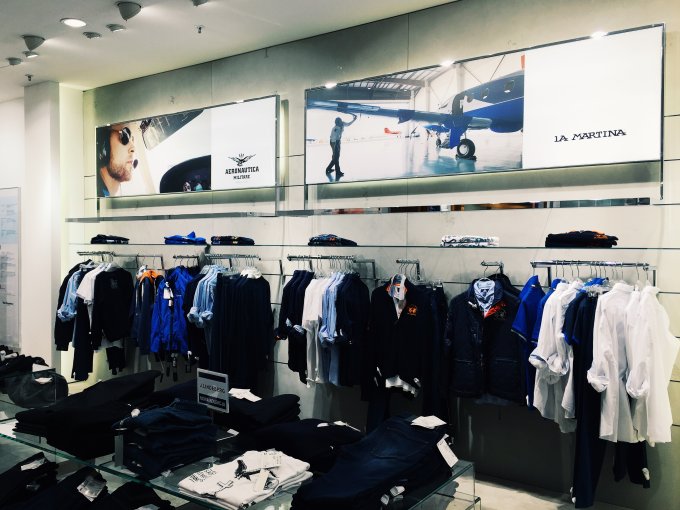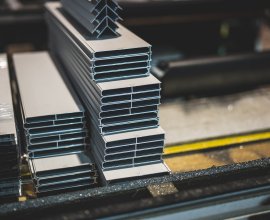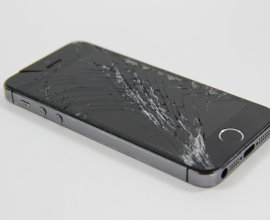Every commercial concept is primarily a reflection of the customer's needs. It has to take into account all the factors that influence their decisions, from the willingness to enter the store, through the purchase, to the exit. In order to check the correct functioning of all relationships, cyclical audits of shop concepts are conducted. The effectiveness of the arrangement is assessed in terms of meeting the factors that are able to convince the customer to complete the transaction. The results of the survey clearly show in which areas the improvements should be made.
The audit is carried out by experts who go to the salon and look at the functionalities of given solutions according to detailed guidelines. Many aspects are examined, including the use and arrangement of the interior and the experience provided to the customer. This makes it possible to determine whether the interior is characterized by optimal arrangement and exposure and positive response of the target group. There are 7 main areas that are audited in shop concepts.
External marking
The first group is external marking. Here it is extremely important to expose the logo, but even such details as the selection of the coffer, the display of the showcase and the entrance area are evaluated. It is these elements that the customer will see first and they will encourage him to enter the shop. It is on the basis of these elements that they will form an opinion about the rest of the display.
The website
The website itself must serve as information about the proposed offer and possible promotional actions. The customer must be able to easily assess what he finds in the store. There should be a clear Total look display, which will reflect current trends. The whole composition must be consistent with the interior, as well as with the current advertising or discount campaign, and above all with the brand image.
Shop layout
The optimal layout of the shop is a facilitation for customers in their search for an assortment. It is necessary to create an appropriate communication system, which will give freedom of movement in the shop and create customer paths, which will encourage the customer to enter the shop and get acquainted with the whole offer. Visual communication is important, which will provide information about given departments and current offers. The checkout and tryouts should be clearly marked so that there is no feeling of being lost, which will discourage the customer. A well-organised shop should be divided into clear zones that reflect product groups. It is important to try to understand potential customer behaviour when creating zones. If you can find both coats and scarves in the shop, create a display so that the two product groups are located next to each other, making it easier for the customer to make a choice. The product exposition should be prepared in such a way that moving around the shop is intuitive and free.
The interior of the shop
The interior of the shop is also a style, created by colours, materials and furniture, in the design of which a certain aesthetic standard should be maintained. It is good for the style of the shop to correspond with the product. Combining it with functions such as capacity, mobility or modularity will give the impression of a well thought-out space, which can be easily rearranged. Furniture cannot dominate its size and style over the products on display, however, if their cubic capacity allows it, they should have space to store the range. Additional elements such as seats and mirrors will make it easier for the customer to quickly try on and assess the appearance of shoes or clothes. A very important role is played by lighting, which gives the interior the final climate and creates accents to draw the attention of customers and influence the reception of products. Floors and ceilings should be maintained in a similar aesthetic as the rest of the store.
The complementation of the whole thing with matching decorations will emphasize the character of the brand and features of the current collection. The arrangement area also includes fitting rooms, whose number, dimensions, location and marking are also evaluated. Their number should be adjusted to the number of buyers and size to the assortment. An important aspect of this part of the store is to ensure the level of comfort and intimacy, through appropriate finishing and equipment. Good lighting is important, which should ensure comfortable measurement of clothes. It must be neither too strong nor too weak. It should be ensured that both the figure and the mirror are illuminated. It is also very important that the fitting room is properly marked and clearly navigated so that it can be seen from anywhere in the shop.

Exposure standards
In addition to the style issues, the interior must be maintained exposure standards. They regulate the distribution and legibility of assortment groups, their availability and the cross-sectionality of products. The quantity of goods is calculated in relation to the size of the surface area, which is assessed as overpowering. Additional elements are displays and POS materials, which are used for direct brand advertising. The most important elements of the collection should be distinguished by using image islands and dummies.
Taking into account the nature of the brand
For the brand, the most important thing is the consistency of the store with its DNA, therefore the audit area also includes the reference to the brand value in the communication strategy. The way in which it leads it directly affects its image. The entire campaign must be targeted at the target group and meet their expectations. Only a company that will be recognizable by its originality, bold colours and materials can stand out on the market. The form of the exposition should be interestingly diversified. It is important to maintain consistency in the aesthetics of the product, website and showroom.
Psychological aspects
The last area, belonging to the experts' research, are psychological aspects that subconsciously affect customers. Purchase decisions can be influenced by elements hidden under the name of neuromarketing, i.e. the music, smell and atmosphere in the store. This affects the perception of the interior by customers and raises specific feelings and expectations. After the first steps in the store, the customer makes opinions about the value of the products on display and the adequacy of the price to their quality. Success for the brand is its trace in the mind of the customer who leaves the store, because it creates a big impulse to return to the same place.
What about the audit?
The audit is the basis for introducing potential changes or design proposals in commercial space. The complete report is submitted together with photo documentation, recommendations and recommendations for changes. The effect of the audit is not only to draw attention to defects, but also to notice the unused potential in the current store arrangement. After analysing the results and planning a phased implementation of improvements and changes, the store should record much greater customer satisfaction.









